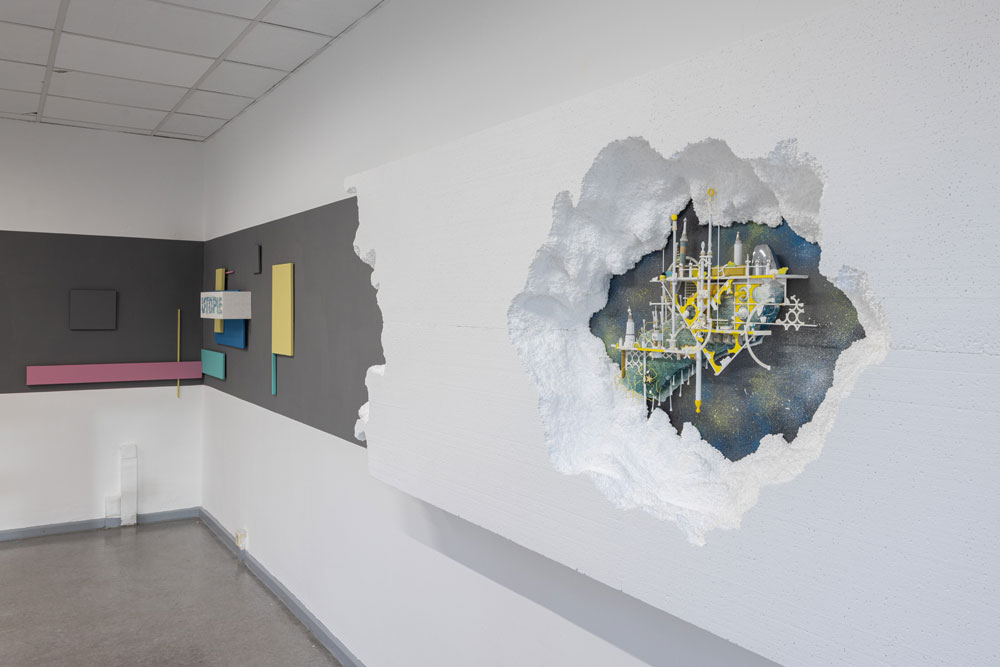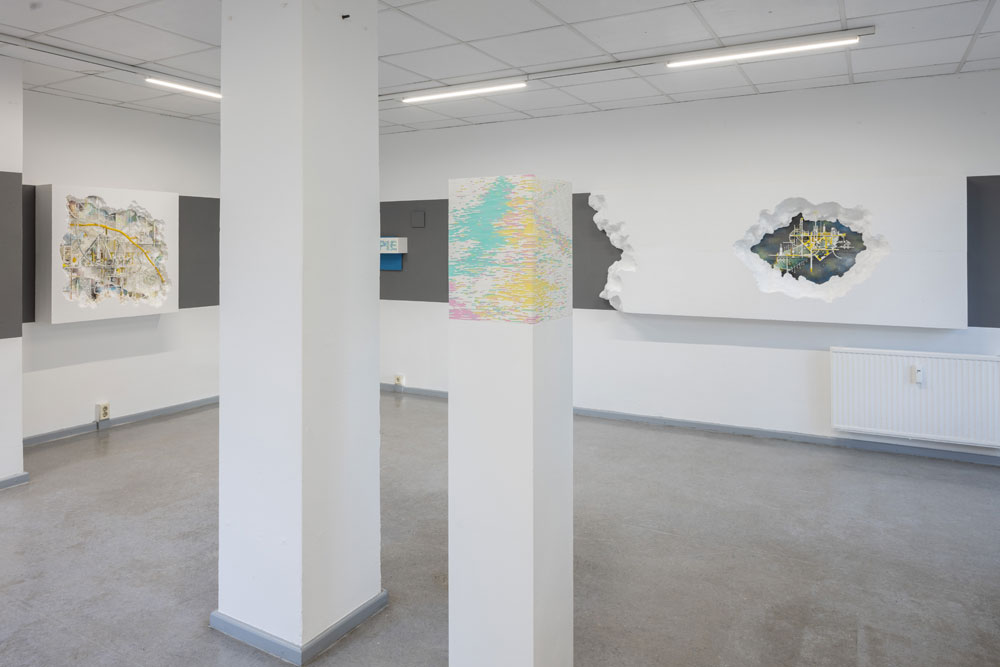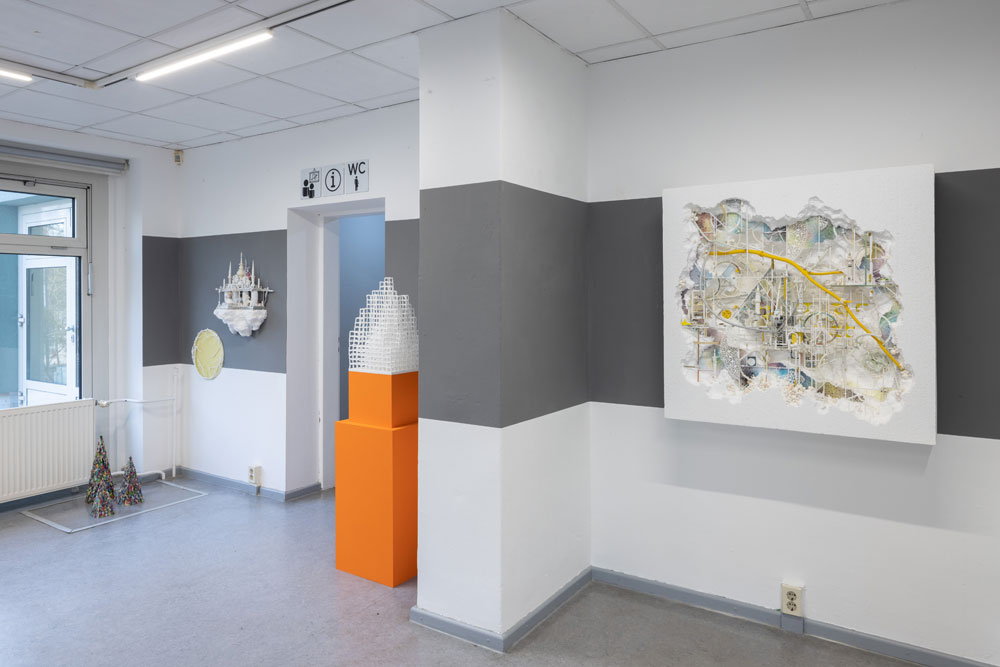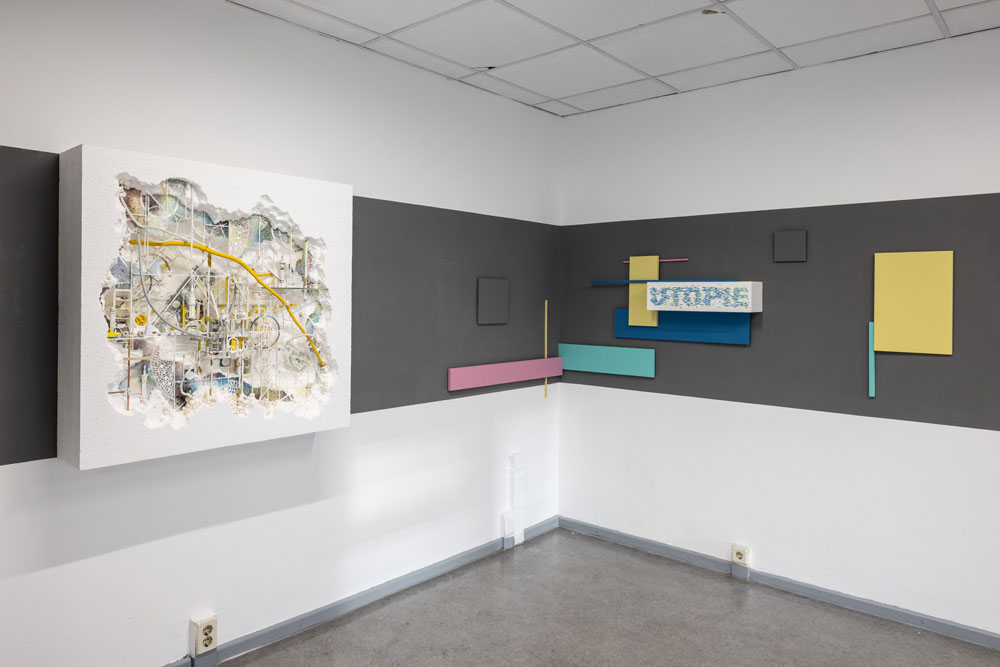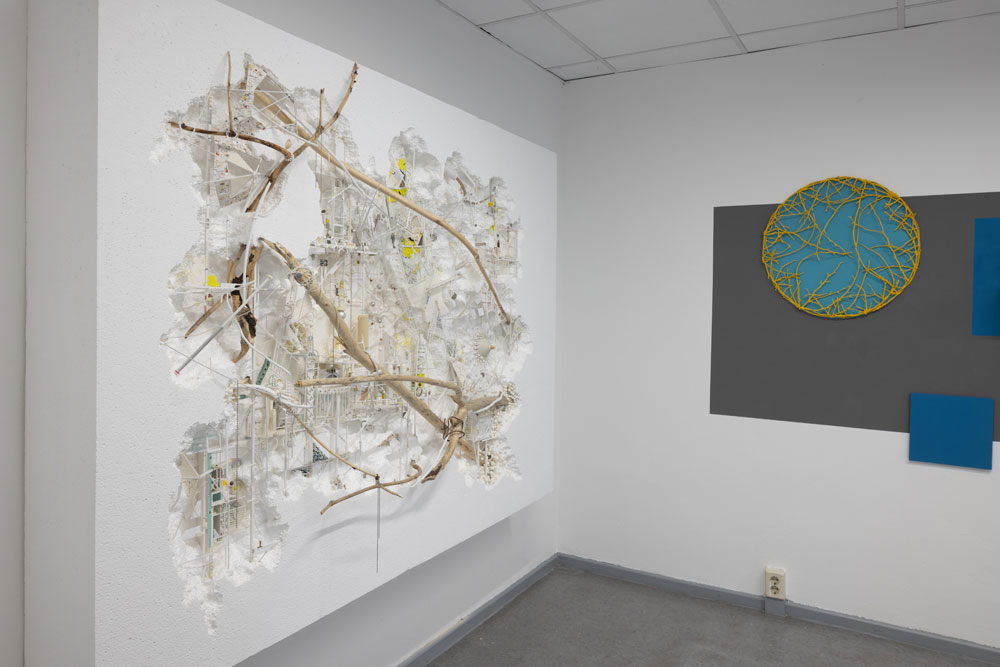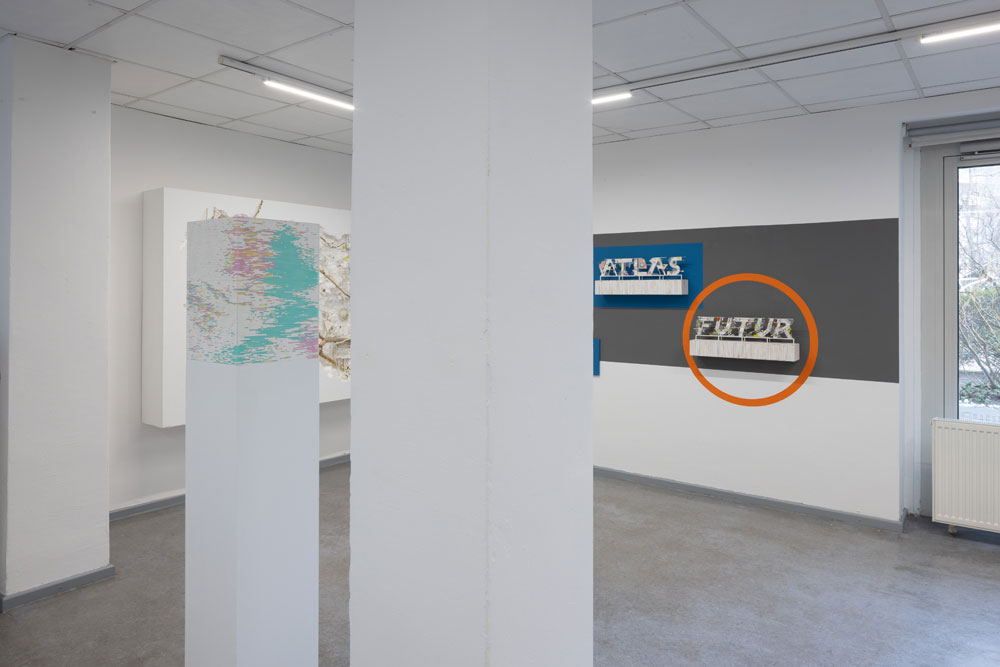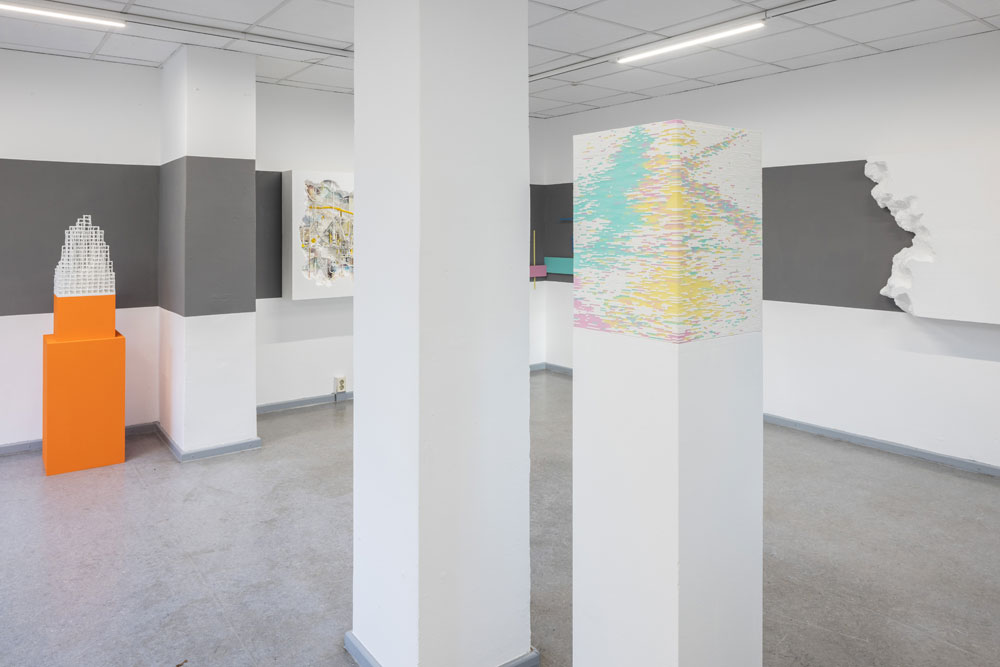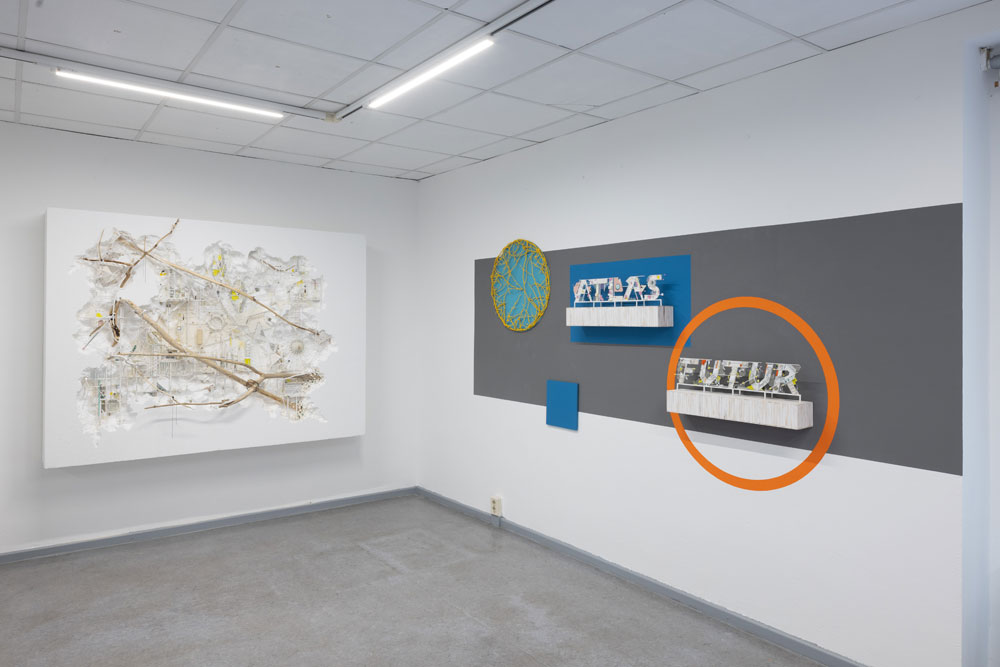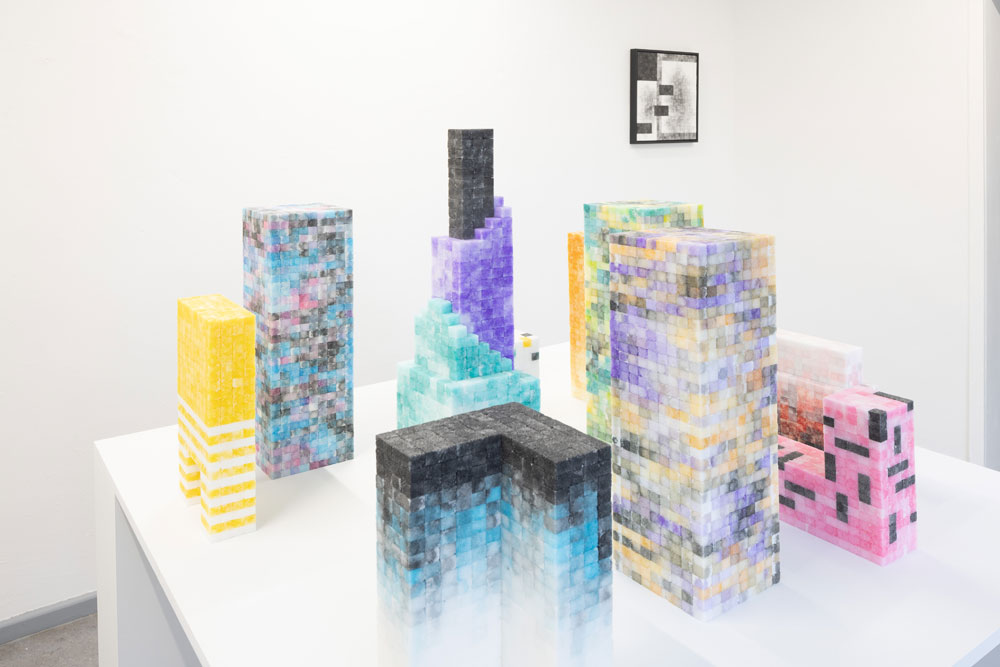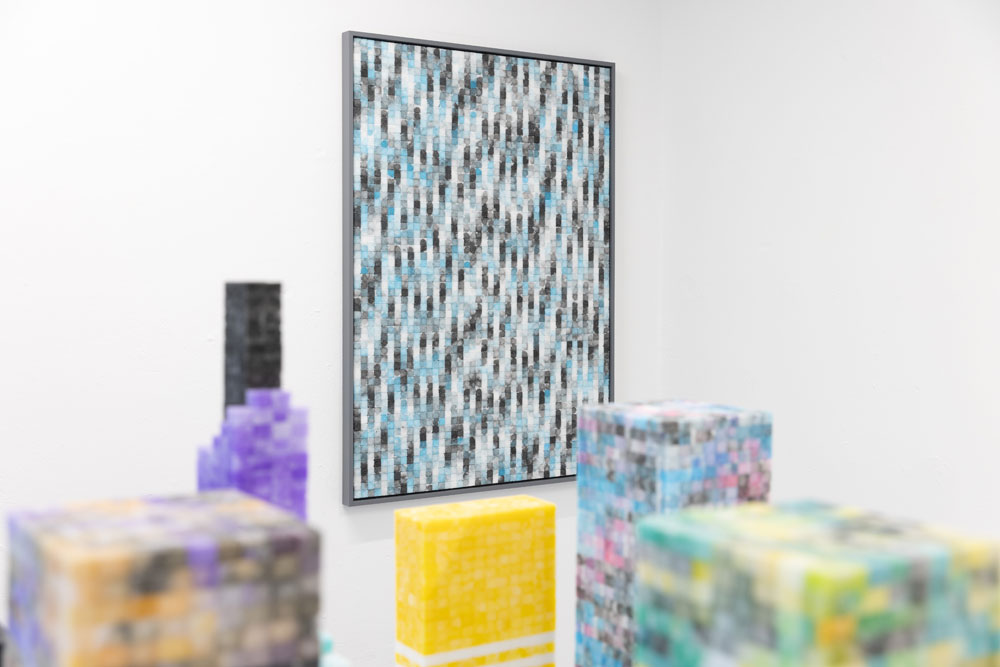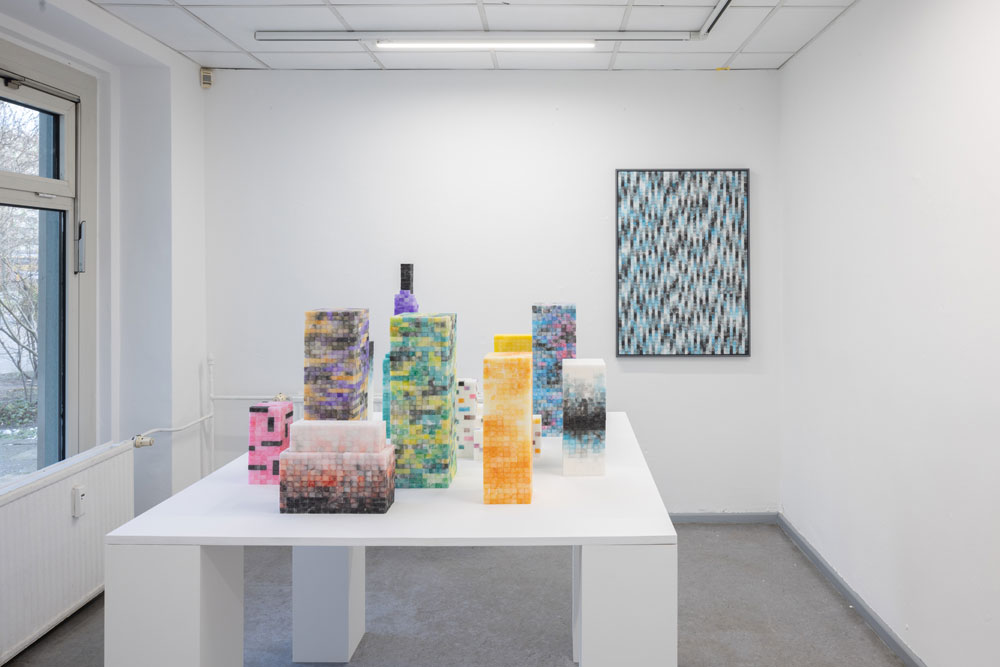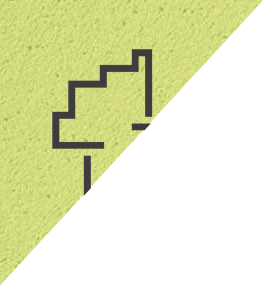Picture: Nándor Angstenberger
February 7 – April 12, 2023
Nándor Angstenberger
World Builder
“When someone asks me what I do as a visual artist, I answer: I am a world builder!
But I am also a collector, a folder, a tailor or a searcher, a finder and an archivist.
My organically growing constructions are neither models for something nor models of something. They are life designs, proposals and suggestions for new ideas and spatial concepts, but also designs for unrealizable constructions from a parallel world that we only know from literature or mythology.
The materials I use for my works are mostly found objects, forgotten, left behind or lost. They have patina, they have traces of life in the form of scratches, discoloration or deformation, and it is these traces of life that make the material interesting for me. They are usually very small, but can also be larger, inconspicuous, readily overlooked, but in their composition they reveal the magic of things. They can also be found objects from nature, fallen branches, worked by seasons and weather, or flotsam, reinterpreted by the forces of water. I would like to invite the viewer to rediscover the small things of everyday life, learning to appreciate the beauty of the inconspicuous and easily overlooked. It is an aesthetic of the imperfect, characterized by asymmetry, roughness, irregularity, simplicity and economy, showing respect for the peculiarity of things.
I collect these materials tirelessly, without being tied to a place or fixated on a material. Part of my research is to explore a new place, my future archive of materials and ideas, collecting and sorting first impressions.
A big theme in my work right now is my concentric utopian and fantastical landscapes or worldviews. They are very autobiographical, a status quo, an event, a reflection on systems, how to live, how to live and how not to live. What’s happening around us, being part of this society, being an artist, being human. A lot of the material I use I take from nature, but I also give some back to the cycle of nature when I take down the installations. It is also a search for traces that I embark on, the collection of working material, experiences and adventures.
My filigree objects are created without sketches or concrete preliminary work. They are guided by my own imagination. Personal notes and experiences find their way into my objects without the usual evaluative order. Despite their often fairy-tale appearance, my works are also commentaries on the crisis of the private sphere and the loss of stable identities. In a globalized world, certainties have finally dissolved, absolutely everything has become material.” (Nándor Angstenberger, 2022)
Nándor Angstenberger wants to invite the viewer to rediscover the small things of everyday life and thus learn to appreciate the beauty of the inconspicuous and easily overlooked. His materials are mostly found objects: Forgotten, abandoned and lost, or found objects from nature. They have patina, they have scratches, discolorations, are deformed. These traces of life are what make the material interesting to him, and it is in their composition that he unlocks the magic of these things. It is an aesthetic of the imperfect, which is characterized by asymmetry, roughness, irregularity, simplicity and economy, thus demonstrating respect for the peculiarity of things. Angstenberger studied fine arts at the Hochschule für Bildende Künste Hamburg and describes himself as a world builder and material archivist. His works have been shown at the Museum Marta Herford, Ludwig Museum Koblenz, Kunsthalle Krems, Kunstmuseum Ahrenshoop, Kunsthalle Emden and Museum Kloster Unser Lieben in Magdeburg, Landesmuseum Stuttgart, Kunstverein Freiburg, Kunstverein Bellevue-Saal Wiesbaden and Zeppelin Museum Friedrichshafen, among others. In addition, stage design installations for New Music in the Paris Philharmonic and for OperaLab in the Ackerstadtpalast, Berlin.
